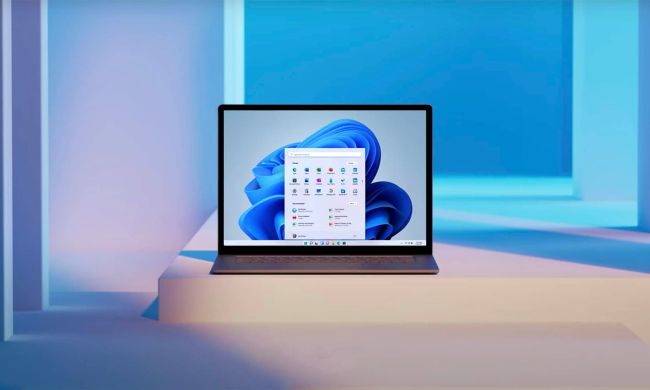Just one day after rumors indicated a potential announcement, Microsoft has officially revealed the first major update to Windows 10 for this year. Appropriately named Windows 10 21H1, the update is now available for “seekers” in early preview testing in the Beta branch of the Windows Insider program. For everyone else who isn’t a beta tester, Microsoft is targeting a May 2021 rollout via Windows Update.
“We are introducing the next feature update to Windows 10, version 21H1. As people continue to rely on Windows more than ever to work, learn, and have fun, we understand the importance of providing the best possible update experience to help people and organizations stay protected and productive. It is a responsibility we do not take lightly,” said Microsoft.
For most people, Windows 10 21H1 will be a small update. As rumors have long maintained, it is designed with a scoped set of features improving security, remote access, and the overall quality of Windows. Basically, you’ll be getting the 21H1 update on your PC the same way you did last year for the 20H1 update.
There are a lot of smaller changes in this release, just like last year. Some of the new features in Windows 10 21H1 that have been tested in the Windows Insider program over the past few months include smaller changes to system settings, otherwise known as the “modern settings app.” These range from DNS configurations in the Settings App and Startup App Notifications to Disk Management pages in settings.
According to Microsoft, there are also additions such as multicamera support for Windows Hello and performance improvements for Windows Defender Application Guard. These are some of the most “pressing needs” in Windows, Microsoft noted.

A lot of other improvements for Windows 10 features, such as a redesigned keyboard, are also currently being tested in the other branches of the Windows Insider Program. While Windows Central had previously reported that these could be “backported” into the 21H1 update, this hasn’t been confirmed by Microsoft, however.
This is all part of the sweeping changes introduced by Surface chief Panos Panay, who now also heads the Windows team. All builds coming out of the Beta and Release Preview branches are usually tied to an upcoming Windows release. Dev Channel builds aren’t tied to a specific release, however. We could end up seeing the bigger “Sun Valley” update tested in this branch sometime in the future.
You can sign up to test the 21H1 Update by enrolling your device in the Windows Insider Program. Simply head into Windows Settings, click Update and Security, followed by Windows Insider Program, and then follow the instructions on the screen, making sure to choose the Beta Branch.
Your PC will then reboot, and you’ll need to go back to Windows Update to download the update. Once complete, type winver into Command Prompt to check and see if you have the latest update.


